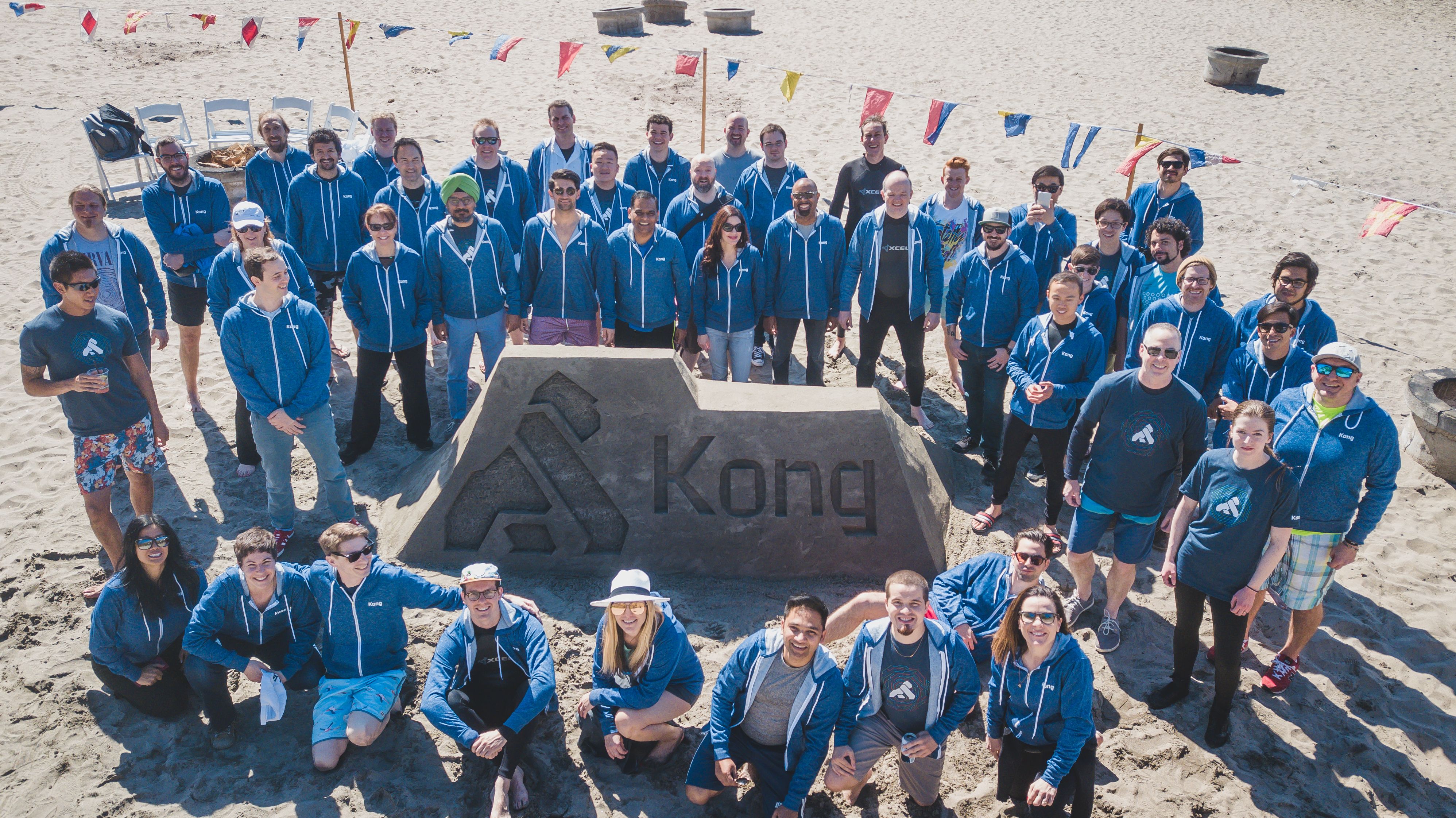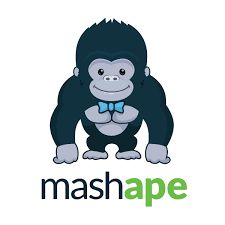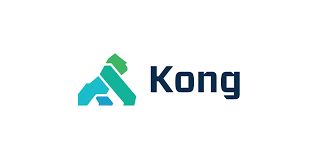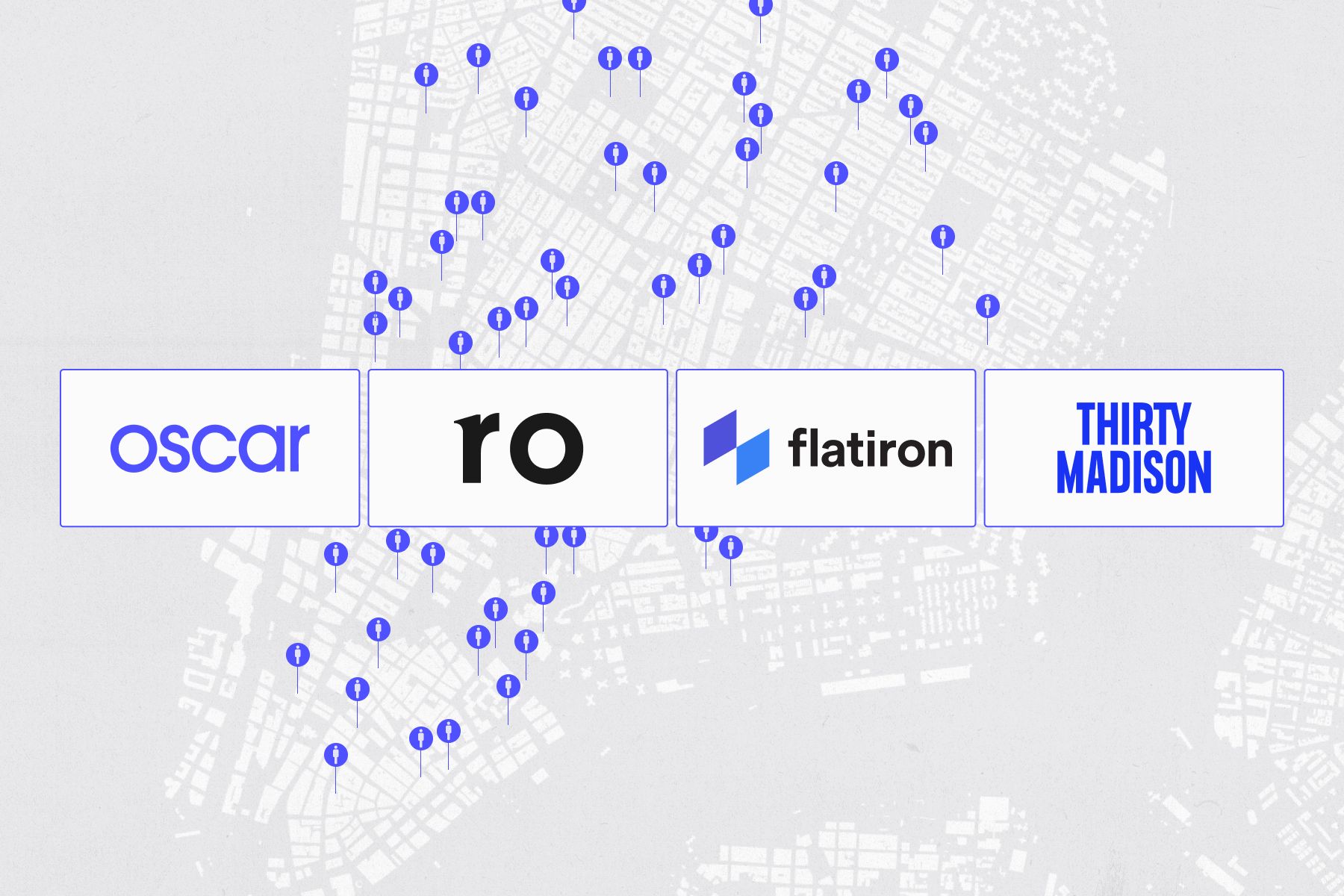Resilience and Adaptability: How a Little Monkey Became the Kong of the Jungle

We're excited to be doubling down on Kong and lead their Series C financing of $43M dollars. The company will use the additional funding to continue to fuel their growth. Our partner Mike Volpi recalls his experience investing and working alongside this impressive company and its founders.
When Aghi Marietti and Marco Palladino tried to raise money for their company Mashape from a garage in Milan in 2010, they discovered that it was a hard slog. There just weren’t many people that understood APIs in Italy at the time, let alone a marketplace for APIs. Exasperated with their difficulties, the duo left their familiar surroundings and moved to San Francisco the following year with aspirations to build a big business. Their early days were rough. They slept on friends’ couches and lived modestly while they labored to build their product and seek seed funding through their eclectic network of relationships.
Their persistence paid off and they were successful in raising $1.5M in seed funding that set them on their way. Aghi and Marco had a firm belief that the advent of cloud computing and a new application architecture built on microservices would blow open the market that served up APIs. They were right but, as entrepreneurs can be sometimes, a little too early to market. Their company took flight, albeit slowly, and a little monkey called Mashape was born.

Mashape became a great place for developers to discover APIs. However, developers were reticent to proxy their applications through the infrastructure of a fledgling start-up. Once the discovery process was done, the majority of the developers would connect their applications directly to the API provider. Despite the somewhat frictional path forward, Mashape raised a small Series A of $6M. Index, joined by our friends at CRV, co-led the round on the belief that these two young Italian men would find their way to success.
Aghi and Marco were by nature prudent entrepreneurs, so they kept the company’s burn rate low and squeezed every penny out of the business. They didn’t pay themselves much (they still don’t) and their “office” also became their makeshift home during these early years.

My good friend at CRV Devdutt Yellurkar and I were often treated to a homemade lunch of spaghetti carbonara during our board meetings. The company was making progress, but it was soon quite obvious to all of us that Mashape was not scaling as fast as we had hoped for. Developers loved Mashape, but the company couldn’t monetize its existing product. With about 9 months of runway left in cash, we had a fateful board meeting and agreed that something needed to change. We took an inventory of the assets the business had and explored if the technology could be commercialized, possibly by open sourcing it.
In order to support a massive amount of API calls that would have (hopefully) occurred, Marco and the technical team had developed an incredibly high performant and lightweight Microservices API Gateway. The product was built for serious scale, and its code name was Kong.

Kong was not the first API gateway. Several others had preceded it but the assumptions for these products were quite different. Legacy gateways were developed for infrequent and “precious” API calls while Kong was built for big data in motion. Furthermore, Kong was open-source and lightweight with a configurable developer friendly API. It was designed for a multi-cloud and hybrid world with containers and serverless functions where the interactions between software components and services fired plentifully and richly like neurons in a brain.
Within a month of that seminal board meeting, the decision was made. Mashape would open source Kong and make it available to the world. It was a risky undertaking to transform a marketplace company into a software business that captured the growing momentum of open source and its community. In retrospect, it was a bold decision but, at the same time, the only choice that Aghi and Marco had. Either Kong worked, or they would have to pack up and go home.
In the first few weeks following the open sourcing of Kong, the founders anxiously kept refreshing their analytics web page. They were astonished by the response. Developers from all over the world had started downloading it in great numbers, and the momentum kept growing every day. Something was happening to Kong and the signs were unmistakable.
After six months, the phone rang -- it was the Center of Medicare (Obamacare, Healthcare.gov). The organization had been a happy user of Kong, and wanted to establish a commercial relationship. Kong had just welcomed its first enterprise customer. It turned out that the founders’ vision had been right. In the container-enabled era, developers were writing their applications with a multitude of Microservices, which needed to be connected, managed, secured, analyzed, throttled and billed. At the same time, the tasks had to be performed at an unprecedented scale. Kong was the software for the job.
Since those early heady days, Kong has grown into a successful business. From the dozen or so employees in the basement of an old bank building, the team grew to over 100. Additionally, Kong has been downloaded more than 75 million times since its inception as an open source project. Today, it is by far the most broadly used Microservices gateway in the world. The company has added a myriad of both open source and commercial software features to its core technology, which has elevated the software to Enterprise-grade. Customers like WeWork, Ferrari, and SoulCycle now run their businesses on Kong. And that list keeps growing.
Perhaps most impressively, Aghi and Marco have interwoven the lessons from their early days into the DNA of the company. At every annual company kickoff they have a two-hour presentation on the history of Kong, so that employees do not forget the importance of staying humble. They remain as frugal as ever (the board received a lovely email from Aghi two weeks ago letting us know that Kong “accidentally” generated free cash-flow in February). They have one of the best Glassdoor ratings we’ve seen - which has been a boon for recruiting. And, they have not lost sight of the importance of keeping their finger on the pulse of the market. As new architectures for Microservices like service mesh emerge, the Kong team has been quick to engage and incorporate them into their solution.
Today, Index is proud to announce that we are doubling down on Kong by leading their Series C financing of $43M dollars. The company will use the additional funding to continue to fuel their growth. While Kong has enjoyed a lot of success to date, the microservices evolution is still in its early innings. Thousands upon millions of applications have to migrate to a microservices architecture, and many more will be rewritten or authored natively. At the center of this movement will be Kong. The king of the jungle is starting to flex its muscles, and its future has never looked more promising.
Published — March 27, 2019

